Transforming your living room into a minimalist haven is more than just an aesthetic choice, it’s a lifestyle shift. It involves paring down to the essentials, choosing calm, neutral colors, and investing in furniture that serves multiple purposes. A minimalist living room radiates peace, encourages mindfulness, and creates a clutter-free environment that invites relaxation and intentional living.
Picture a space where every item has a role, where furniture isn’t just functional, but thoughtfully chosen, and decorative accents spark joy without overwhelming. Imagine soft natural light pouring in through sheer curtains, bouncing off mirrors to make the room feel twice as big. Minimalism doesn’t mean boring, it means curated, calm, and purposeful.
Ready to transform your space into a sanctuary of simplicity? These 10 essential tips will guide you in creating a minimalist living room that’s as stylish as it is serene.
Key Takeaways
- Declutter regularly to maintain a clean and organized space.
- Use a neutral color palette to foster calm and cohesion.
- Invest in functional furniture that maximizes space and storage.
- Keep decor minimal and meaningful to reduce visual noise.
- Maximize light with sheer curtains and reflective surfaces.
- Incorporate natural textures to warm up neutral palettes.
Declutter and Simplify
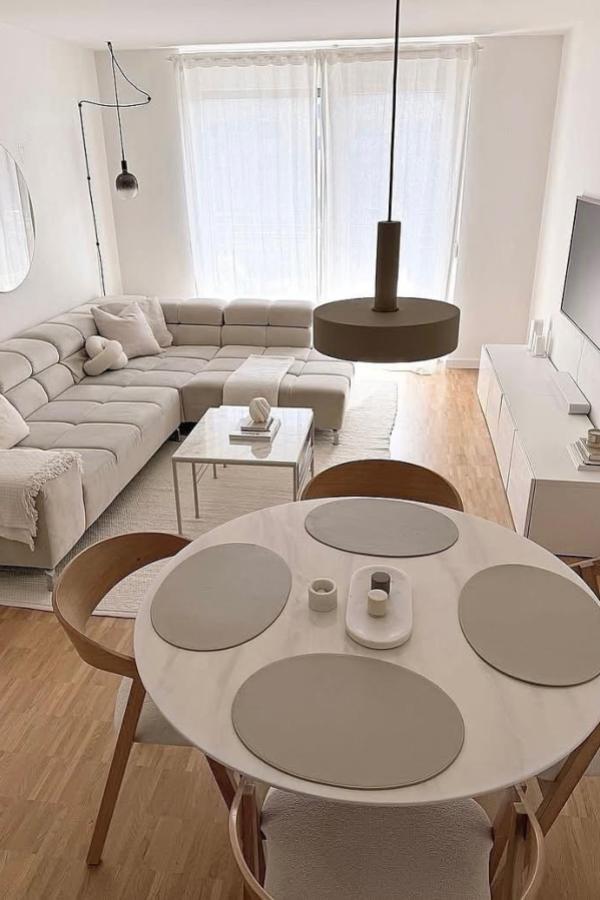
Decluttering is the cornerstone of minimalist design. Start by evaluating every item in your living room, ask yourself if it serves a purpose or brings genuine joy. Let go of duplicates, decorative excess, or items that no longer align with your current lifestyle.
Use proven decluttering methods like the KonMari Method, which asks if an item “sparks joy,” or Swedish Death Cleaning, which encourages long-term simplicity for the sake of your future self and loved ones. Choose one area, like the coffee table or a bookshelf, and declutter in stages to avoid feeling overwhelmed.
Store remaining items neatly. Closed storage units hide away cables, remotes, or random clutter, keeping surfaces clean. Incorporate slim storage bins under sofas or inside ottomans for added discretion. Schedule 10-minute weekly sessions to maintain order and prevent clutter creep.
The goal? A room where everything serves a function and contributes to a unified, peaceful aesthetic.
Embrace a Neutral Color Palette
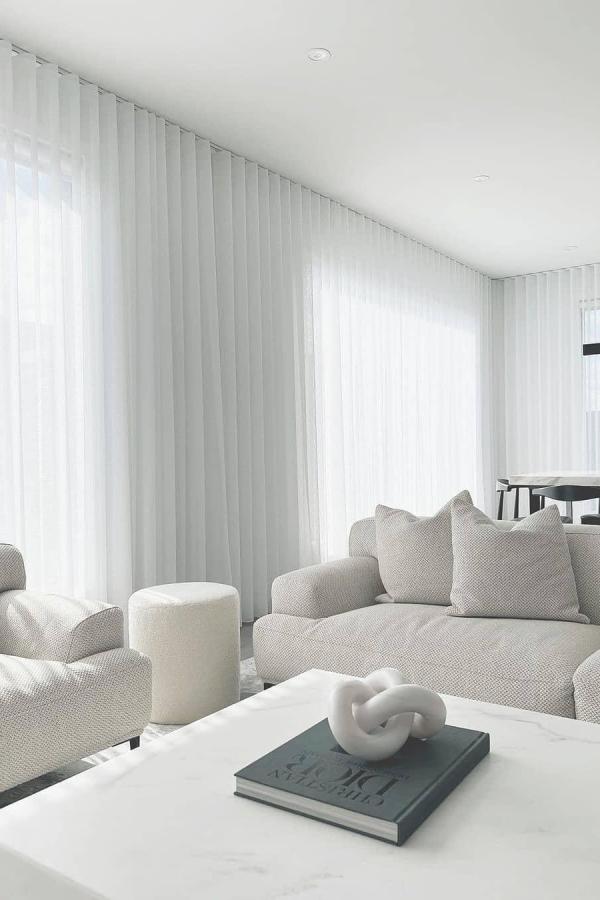
A minimalist living room begins with a calm and cohesive color foundation. Neutral shades like white, beige, and gray create visual harmony, making your space feel larger, cleaner, and more serene.
White Walls
White is a classic minimalist staple. It reflects light beautifully and makes small rooms feel expansive. Matte or eggshell finishes are ideal to reduce glare while maintaining brightness.
Beige Textiles
Layering soft beige tones through throws, rugs, or curtains introduces warmth without overpowering the space. Pair them with wooden or rattan elements for a grounded, natural look.
Gray Accents
Use charcoal or dove-gray shades in artwork, vases, or area rugs to add contrast. Grays balance warm neutrals and offer a sophisticated edge to the overall palette.
Experiment with tone-on-tone layering to add depth and avoid a flat appearance. Consider soft taupes or warm greiges to create subtle complexity while keeping things cohesive.
Choose Functional Furniture
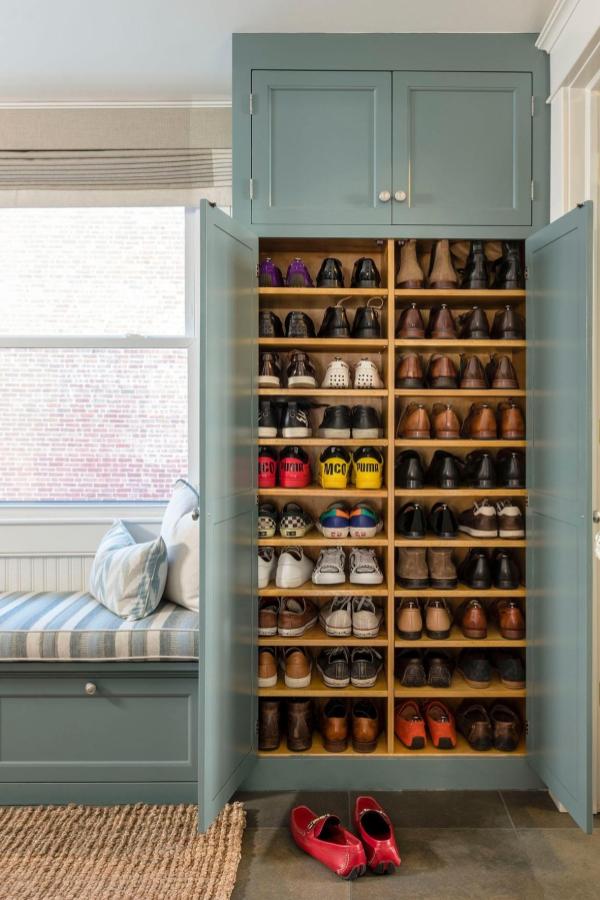
Functionality should guide every furniture decision in a minimalist living room. Choose pieces that serve multiple roles, save space, and maintain clean silhouettes.
Storage Ottomans
A sleek 18″x18″ ottoman provides a place to rest your feet, sit, or stash blankets and magazines. Choose one in faux leather or durable fabric in a neutral tone to blend seamlessly.
Extendable Tables
Whether it’s a fold-out coffee table or a dining table that expands, these pieces offer flexibility. A light oak or matte black finish suits most minimalist interiors.
Sofa Beds
A streamlined 70-inch sofa bed saves space while ensuring you’re guest-ready. Opt for one with straight arms and solid-colored upholstery for a clean, tailored appearance.
Modular Furniture
Customize your space with stackable shelves, nesting tables, or sectional sofas that can be rearranged. Look for slim profiles, clean lines, and minimal hardware.
Prioritize quality over quantity. Every piece should contribute to both form and function, ensuring your space remains uncluttered and intuitive.
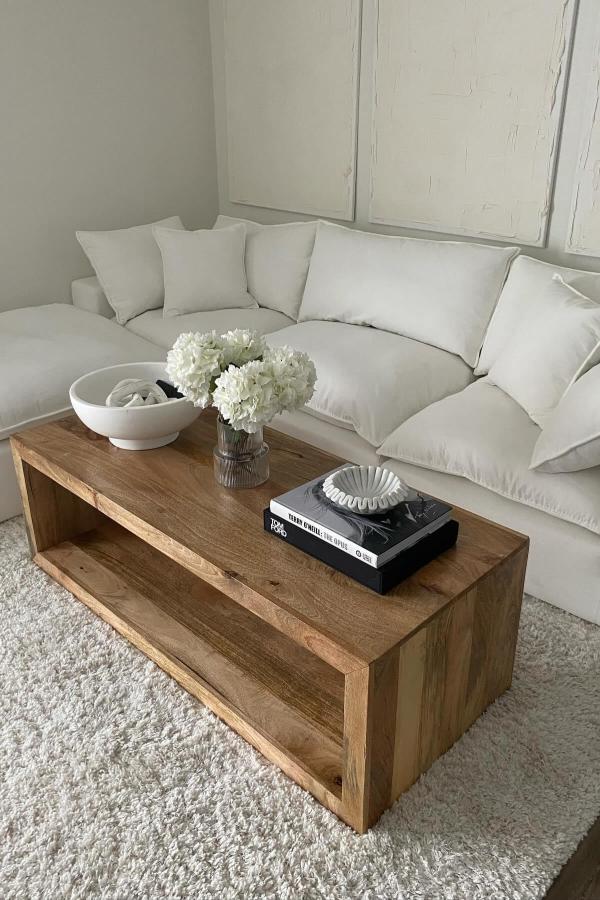
Opt for Minimal Decor
Minimalist decor is about intentionality, every item should have a purpose or emotional value. Rather than filling surfaces with trinkets, focus on a few impactful pieces.
Simple Vase
A neutral ceramic vase around 10 inches high becomes a beautiful focal point on a console or shelf. Fill it with a single branch or leave it empty for sculptural interest.
Neutral Artwork
Select understated artwork with soft lines and muted colors. A 16×20 inch canvas in a simple black or white frame adds depth without dominating the room.
Woven Basket
Natural textures like wicker or seagrass add warmth. A 12-inch wide basket can hold remotes, throws, or even magazines, function meets beauty.
Minimal Shelving
Install one or two floating shelves with ample spacing between them. Display a curated selection of books, ceramics, or a single photo frame.
Resist the urge to over-decorate. Let your decor breathe, and use negative space as a design tool, it creates balance and highlights your intentional choices.
Maximize Light and Space
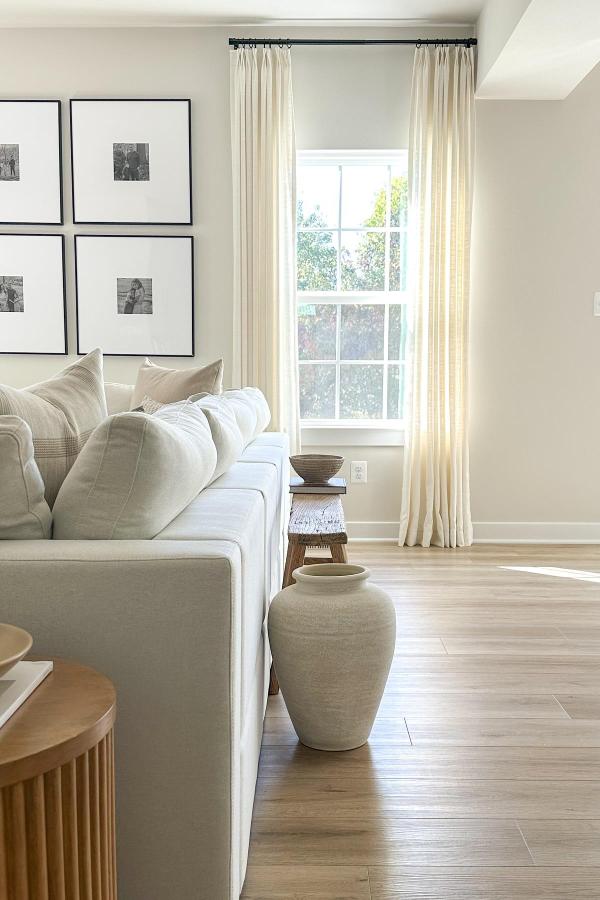
In minimalist design, light is a key element that shapes the mood and perception of space. The more you can enhance natural light and create openness, the more serene your room will feel.
Sheer Curtains
Replace heavy drapes with white or linen sheers. They diffuse sunlight beautifully, offering privacy without blocking brightness.
Mirrors
Strategically place mirrors opposite windows to bounce light and create the illusion of depth. Choose large, unframed or lightly framed mirrors to keep the look clean.
Light Color Palette
Stick to whites, beiges, and soft pastels across your furniture, rugs, and walls. This helps light reflect evenly and enhances the feeling of openness.
Slim Furniture
Opt for leggy chairs, low-profile sofas, and glass-topped tables to keep sightlines open. The more you can see floor space, the larger your room will feel.
Layered Lighting
Supplement natural light with layered lighting: soft overheads, a clean-lined floor lamp, or a dimmable sconce. This creates ambiance while preserving minimal visual impact.
Incorporate Natural Textures to Warm Up Neutral Palettes
While neutral color palettes offer calm and clarity, they can sometimes feel stark or sterile without the right balance. Natural textures play a crucial role in adding warmth, depth, and a sense of groundedness to your minimalist living room. They create subtle contrast, prevent monotony, and make the space feel more inviting.
Wood Accents
Introduce light-toned woods like oak, ash, or birch through coffee tables, open shelving, or picture frames. Their organic grain and soft hues enrich the space with understated warmth. Even a reclaimed wood bench or stool can offer a rustic yet refined touch.
Woven Materials
Add texture with woven baskets, rattan chairs, or seagrass rugs. These pieces bring a natural softness that complements minimalist decor while providing practical storage and comfort.
Linen and Cotton Fabrics
Incorporate natural fabrics in throw pillows, slipcovers, and curtains. Linen, with its relaxed weave and breathable texture, works beautifully with a neutral palette, adding tactile interest without overwhelming the senses.
Stone and Ceramics
Subtle stone elements—like a marble tray, a terrazzo planter, or clay vases—introduce cool, earthy textures that balance soft textiles and smooth surfaces. These pieces offer both visual contrast and a timeless, sculptural quality.
Layering these organic textures within a minimalist framework enhances visual depth, while maintaining the simplicity that defines the style. The result is a living room that feels both serene and lived-in—refined, but never cold.
Conclusion
A minimalist living room isn’t just about having less, it’s about making more of what you choose to keep. By decluttering with intention, embracing a calm and cohesive color palette, and selecting multi-functional furniture, you create a space that’s visually quiet yet deeply comforting.
Minimal decor elements like ceramic vases and neutral artwork lend character without chaos. Let natural light be your design partner, amplified by mirrors and sheer drapery. Your living room will feel like a breath of fresh air, expansive, elegant, and unmistakably yours.
Minimalism isn’t a trend, it’s a timeless way of living that offers freedom, clarity, and style in one serene package.
